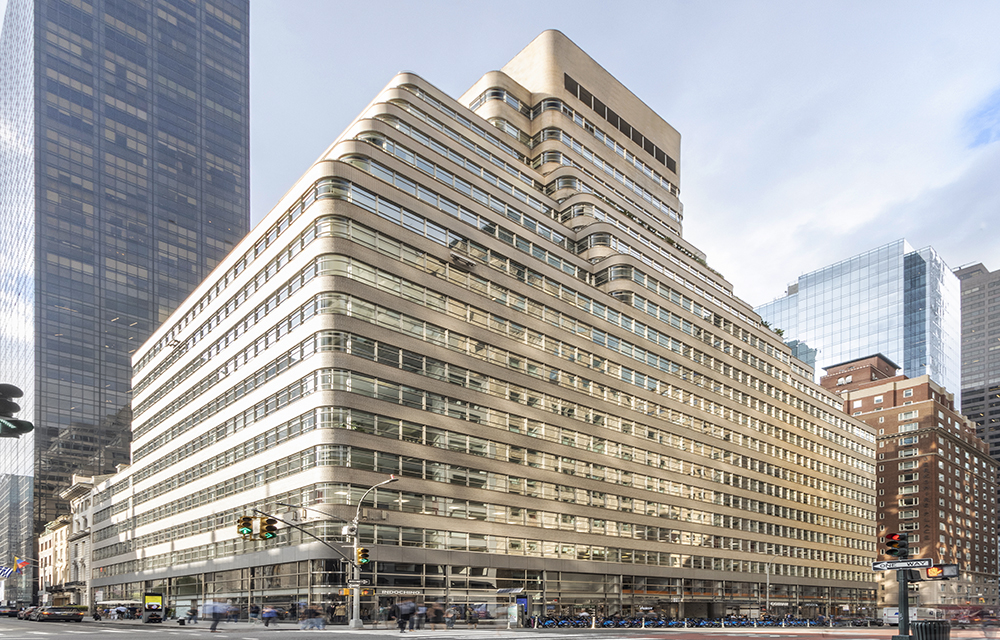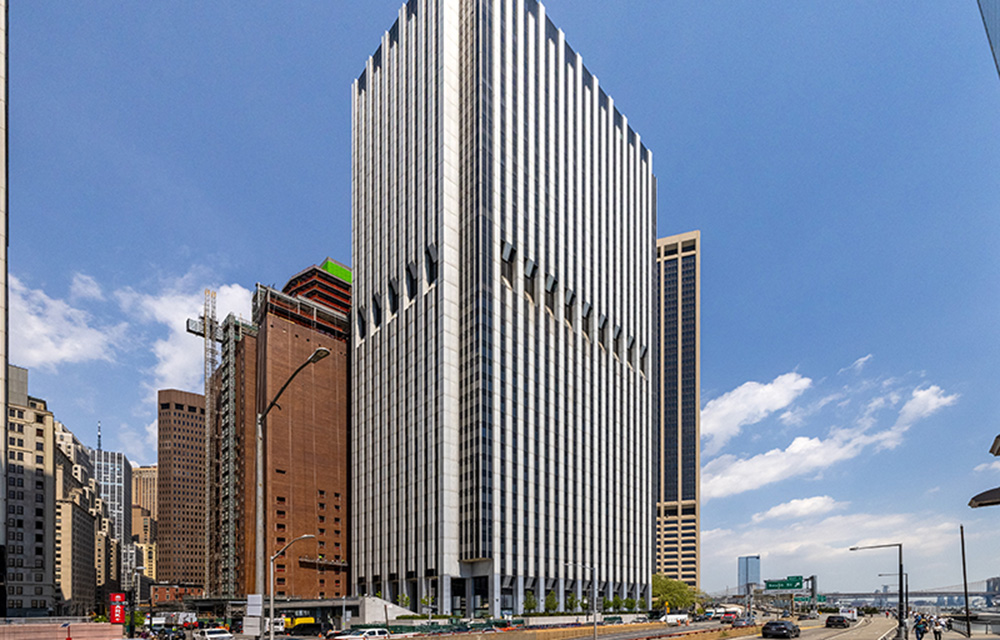Early engagement of tech consultants is critical - by Emir Hot

Technology connectivity is among the most critical components in a modern workplace. For fully functioning businesses, it is as important as location, size, layout, and furnishings. As a full-service provider of technology infrastructure, which encompasses everything from consulting through design, installation, and systems integration, it is incumbent on us to ensure an offices’ technology works the day it opens. This is why it is frustrating when we are too often onboarded towards the end of a project, rather than at the beginning!
If the technology infrastructure is an afterthought in the relocation process, inevitably, there will be consequences, such as extra material and installation costs, delivery challenges, and other problems. Unfortunately, it is the occupier or the property owner who ends up paying for many of the issues that could have been avoided.
The fact is, we live and work in a world reliant on network, low voltage, audio-visual, and electronic security systems for conducting everyday business. Retaining the services provided by technology infrastructure professionals should be at the top of the list of any office relocation, commensurate with choosing an architect, designer, and contractor.
When first considering an office space, it is prudent to consult with a technology professional who is able to assess such critical factors as a building’s pathways to utilities, internet infrastructure, internet service provider, and can identify the locations of existing or legacy building systems. Determining the security of the internet infrastructure is also significant and should not be considered the purview of an architect or office manager.
We also highly recommend language be included in a lease that specifically allows a tenant to integrate its technology systems with the building’s systems. It should additionally have the building’s permission for implementing a split-access control system.
Structural Challenges in Prewar Structures
Despite an influx of new commercial construction in Manhattan, many of the city’s existing office properties have been standing for more than a hundred years! Several of these pre-war towers continue to be aesthetically uplifting and serve as an important reflection of the city’s historic business culture. But they also present myriad obstacles for current technology infrastructure fundamentals.
In addition to the physical challenges of running technology cabling inside century old walls, many older buildings have neither up-to-date floorplans nor architectural drawings, making it difficult to assess access points for structured cabling. Designing a technology system that may start in the basement and rise 30 floors above without up-to-date building plans is daunting. Although solutions are feasible, there are going to be many limitations due to the physical plant. Fortunately for the end-user in an older building, many technology companies offer due diligence and site surveys to implement pathway solutions for new tenants.
With prewar construction, common sense tells us the first thing we should do after inspecting an office space and the building, is to inform the client of possible bottlenecks. There are older buildings with suitable pathways to existing circuit infrastructure, but more that do not have them. Adding to the problem, many of the older pathways are not protected by conduit or run by armored fiber. The lack of safeguards leaves end-users’ systems vulnerable because someone can easily cut the fiber when making changes or decommissioning a floor. And whether it happens by mistake or intent, the results are generally catastrophic!
Over the years, our team has addressed a diverse range of demanding situations when designing technology infrastructure in older buildings, particularly in Class B and C properties. There have even been a few situations in which we advised clients and their brokerage advisors to consider other location options.
The Brave New World of Smart Buildings
The recent rise of new glass and steel towers populating the Financial District, Hudson Yards, etc., are not only dazzling to look at, they are also smart! Smart building technology benefits both owners/operators and tenants because there is a common network that converges with smart functionality, embracing building management systems (BMS), security, energy management, and other building systems.
In new buildings, infrastructure technology providers have the advantage of designing the most advanced systems available and integrating them into buildings with truly accessible connections. And yet, we still encourage occupiers to add a lease clause that allows them to integrate their office technology systems with the building’s systems. Smart brokers encourage this, too, even in smart buildings!
The Best Pre-Team for End-users
Arranging office space for occupiers ideally comprises a team of skilled advisors able to coordinate optimal move-in conditions. Often it starts with the broker, who assembles the team, while concurrently assessing space and location criteria, relocation costs and rent rates. Augmenting the process—and long before lease negotiations commence—a new round of consultants should be brought on board, including the architect, MEP engineer, and technology infrastructure team. Together, they will be able to provide the broker and occupier a full cost assessment, in conjunction with analyses of usage and technology infrastructure capabilities. It is a full-service approach that enables end-users to decide on the right workplace to meet their organizations’ space, technology, and wellness needs.
Emir Hot is the founder and strategy/partner of Matrix, New York, NY
Meridian Capital Group arranges 10-year retail lease for Mess at 236 West 10th St.


AI comes to public relations, but be cautious, experts say - by Harry Zlokower

Behind the post: Why reels, stories, and shorts work for CRE (and how to use them) - by Kimberly Zar Bloorian

Strategic pause - by Shallini Mehra and Chirag Doshi









.jpg)
.gif)
.gif)